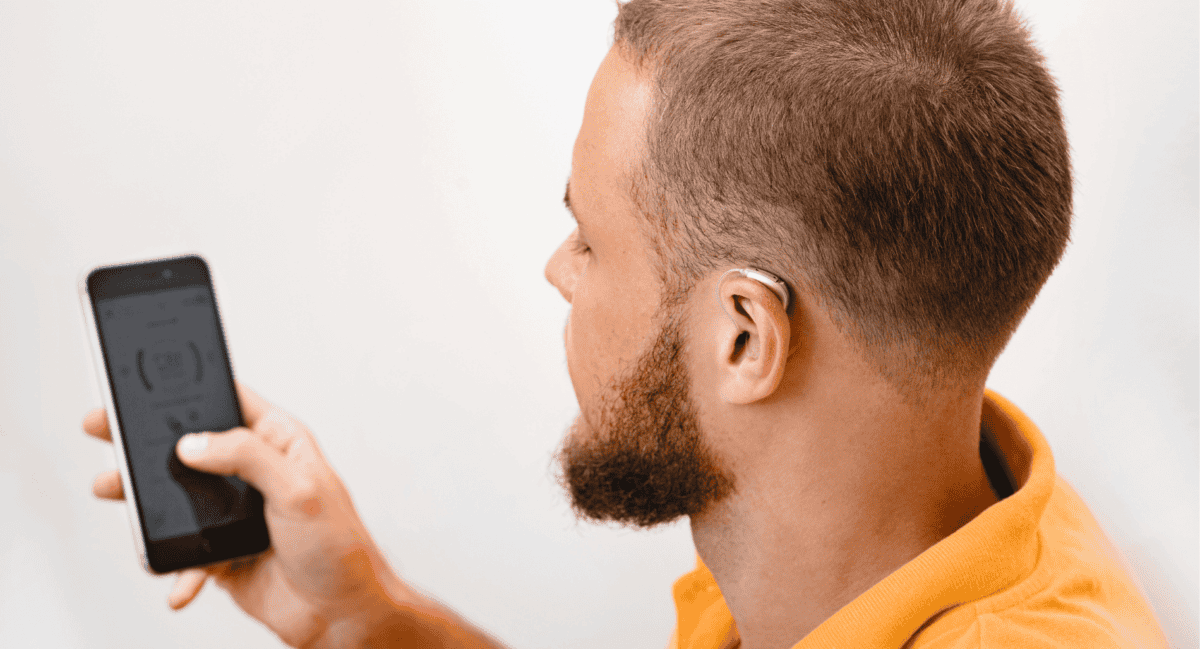- Volunteering for Hearing Health Causes - May 27, 2025
- Questions to Ask During Your Hearing Health Appointment - May 16, 2025
- Exploring Alternative Therapies for Hearing Loss - May 6, 2025
Single-sided deafness (SSD) can significantly impact an individual’s ability to communicate, navigate spatial awareness, and engage in everyday activities. Coping with SSD requires adjustments and strategies to manage the challenges associated with hearing loss in one ear.
Let’s explore the impacts of single-sided deafness, practical coping strategies, and the supports available that can enhance your quality of life.
Understanding the Impact of Single-Sided Deafness
Single-sided deafness refers to significant hearing loss in one ear, while the opposite ear retains functional hearing abilities. This condition can affect an individual’s ability to localize sounds, understand speech in noisy environments, and fully engage in conversations. Additionally, individuals with SSD may experience challenges in daily activities, such as driving, crossing streets, and participating in group settings.
Coping Strategies for Single-Sided Deafness
The good news is that there are a range of coping strategies available:
- Use Assistive Listening Devices: Consider using assistive listening devices, such as a CROS (Contralateral Routing of Signal) hearing aid or a bone-anchored hearing system, to transmit sound from the impaired ear to the functional ear. These devices can help improve your ability to perceive sound and enhance your overall auditory experience.
- Adopt Visual Cues and Nonverbal Communication: In challenging listening environments, rely on visual cues and nonverbal communication to supplement speech perception. Pay attention to gestures, facial expressions, and lip reading to aid in understanding conversations and communicating effectively.
- Positioning in Group Settings: When participating in group discussions or social gatherings, position yourself in a way that maximizes your access to sound and visual cues. Sit with your good ear facing the speaker, and try to minimize background noise to optimize your ability to follow conversations.
- Advocate for Communication Needs: Clearly communicate your hearing needs to family, friends, and coworkers. Educate others about single-sided deafness and request accommodations, such as speaking directly to your functional ear and minimizing background noise, to facilitate effective communication.
Lifestyle Adjustments and Environmental Modifications
Several lifestyle changes can also help you navigate single-sided deafness:
- Enhance Safety Awareness: Heightened safety awareness is essential for individuals with single-sided deafness, especially when crossing streets, driving, or participating in outdoor activities. Be vigilant and use visual cues to mitigate the risk of accidents.
- Explore Sound Localization Techniques: Practicing sound localization exercises can help individuals with SSD enhance their ability to determine the direction of sound sources and navigate their surroundings with greater confidence.
- Environmental Modifications: Make adjustments to your home and work environments to minimize unnecessary background noise and enhance your overall comfort. Consider using sound-absorbing materials, arranging furniture to reduce echoes, and using sound masking or white noise machines to create a more conducive listening environment.
Emotional Support and Self-Care
Living with single-sided deafness can sometimes lead to emotional challenges, as individuals may experience feelings of frustration, isolation, or anxiety related to their hearing loss. It is important to prioritize self-care and seek emotional support when needed.
- Join Support Groups: Connect with others who are living with single-sided deafness through support groups or online communities. Sharing experiences and stories can provide a sense of belonging, validation, and emotional support.
- Seek Counseling: If you find yourself struggling with the emotional impact of single-sided deafness, consider seeking counseling from a licensed therapist or counselor. They can provide a safe space to discuss your feelings, develop coping strategies, and explore ways to improve overall well-being.
- Educate Friends and Family: Advocate for yourself by educating your loved ones about the challenges and impact of single-sided deafness. Help them understand how they can support and communicate effectively with you.
Seeking Professional Support
Visiting a hearing health professional is essential for individuals coping with single-sided deafness. A hearing care provider can offer expert guidance, recommend appropriate assistive devices, and provide personalized counseling to address the emotional and practical aspects of living with SSD. Additionally, a hearing health professional can conduct regular evaluations to monitor changes in hearing and recommend adjustments or interventions as needed.
Visit Us for A Hearing Test
Coping with single-sided deafness requires practical strategies, technological solutions, and the support of qualified professionals. For personalized support and expert guidance in managing single-sided deafness, visit your hearing health professional. We’re here to provide tailored solutions, recommend appropriate assistive devices, and offer ongoing care to address your unique hearing needs and enhance your quality of life.

